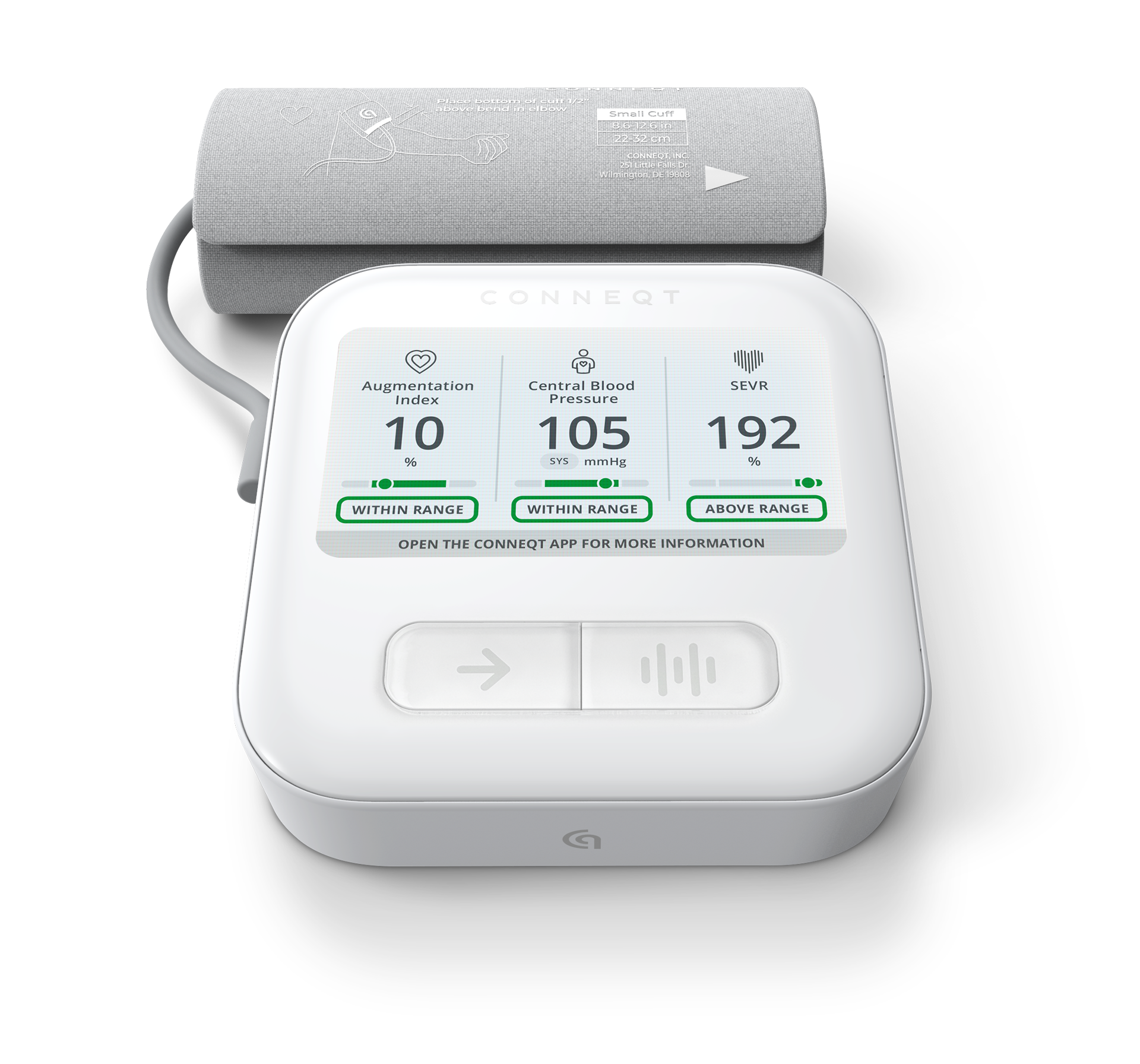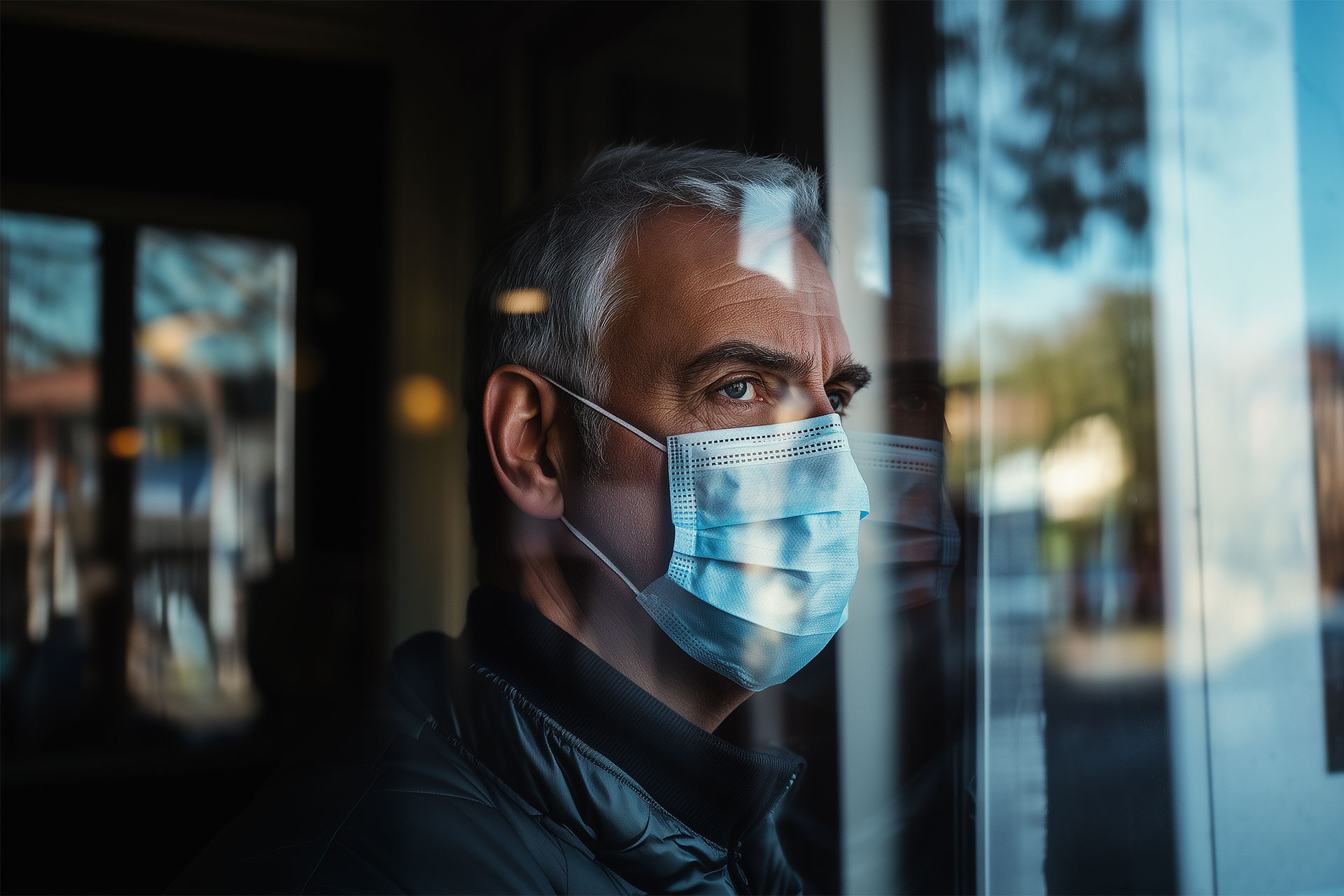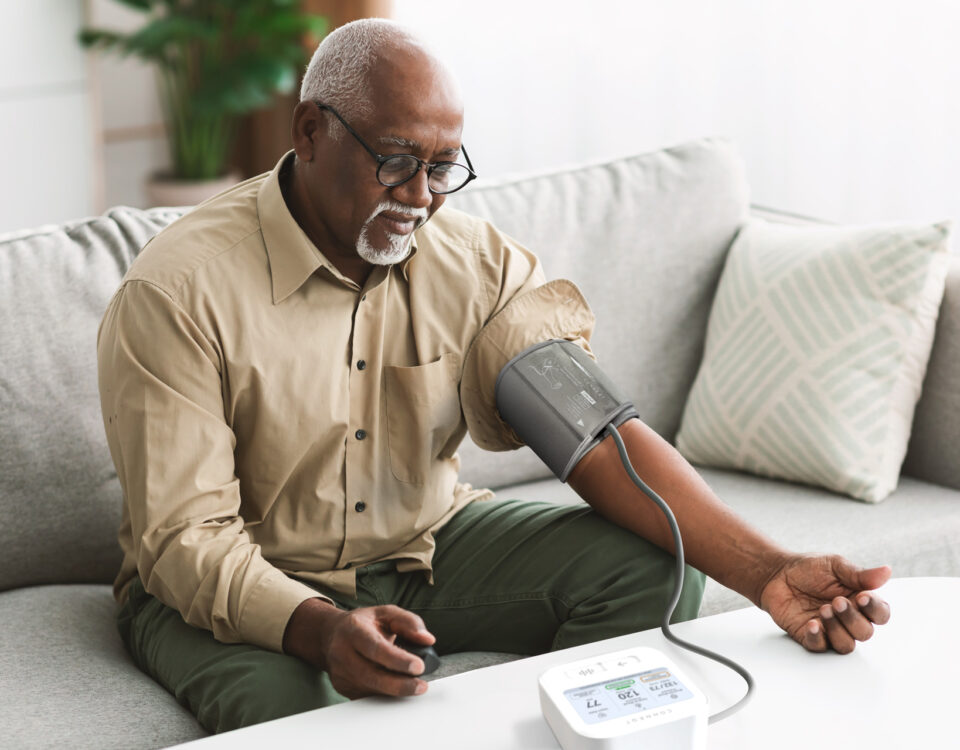Long COVID Isn’t Just Respiratory—It’s Vascular
We all know someone who’s had COVID. You’ve probably had it yourself—once, twice, maybe more. For many, symptoms fade and life returns to normal. But for others, recovery lingers—and the effects can stretch far beyond fatigue or brain fog. They may quietly impact something even more central to your long-term health: your arteries and heart health.
While acute COVID typically affects the lungs and resolves in a few weeks, long COVID is a different story. It’s defined by symptoms that persist for months and even years—and increasingly, it’s being linked to subtle but lasting changes in the vascular system.

Measure what matters
Save 20% on checkout with code VITALITY
As of 2025, roughly 17 to 18 million adults in the U.S. are still dealing with long COVID. That’s about 1 in 14 adults. And among those affected, about 1 in 5 say it impacts their day-to-day life.
What’s most often overlooked—by both patients and doctors—is how COVID continues to affect the cardiovascular system even after the virus is gone. And if you’re thinking about your longevity, this is no small detail. You may feel like you’re back to normal, but your arteries could be telling a different story.
How COVID Affects Your Arteries
COVID-19 is now recognized as not just a respiratory virus, but a vascular one. It triggers inflammation throughout the body, including in the endothelium—the thin inner lining of your arteries that regulates blood flow, clotting, and vascular tone. When that lining becomes inflamed or damaged, your blood vessels lose their ability to expand and contract properly. The result: increased arterial stiffness, higher central blood pressure, and reduced circulation to vital organs like your heart, brain, and kidneys.
In short: your cardiovascular system takes a hit, even if you feel fine.
Hidden Heart Strain: What the Research Shows
Recent studies show that COVID can elevate markers of arterial stiffness for months, sometimes years, after infection. And this isn’t limited to older adults or severe cases. These vascular changes are showing up in people in their 30s and 40s—including many who were never hospitalized, and some who had only mild or asymptomatic infections.
A 2023 study of young to middle-aged women with long COVID found elevated arterial stiffness and signs of diastolic dysfunction up to six months post-infection, even in participants with no major preexisting conditions. Many also showed reduced oxygen delivery to the heart muscle, especially if they had signs of metabolic syndrome or elevated inflammation.
Another study tracked healthy adults who had mild COVID and pre-infection vascular data available. Researchers found that arterial stiffness and central blood pressure increased in the weeks following infection, and kept progressing 2 to 3 months later, despite the absence of hospitalization or complications.
These hidden shifts matter—not just for recovery, but for your trajectory over the next decade. Arterial stiffness is one of the earliest signs of cardiovascular aging, and it directly impacts your brain, kidneys, and heart. If you’re aiming to extend not just your years but your healthy, high-functioning ones—this is something you’ll want to know about.
How to Measure Arterial Damage at Home
You don’t need a full lab workup or expensive imaging scan to understand how your arteries are doing after COVID. Several non-invasive vascular markers, used in clinical research and now accessible at home with the CONNEQT Pulse, can help you track your cardiovascular recovery after COVID.
These metrics reveal how hard your heart is working (central blood pressure), how stiff your arteries have become (augmentation pressure and augmentation index), and how well your heart is delivering oxygen-rich blood with every beat (subendocardial viability ratio, or SEVR).
If you already track your HRV, glucose, or REM sleep—you’re halfway there. The CONNEQT Pulse uses SphygmoCor®-powered technology—the same waveform used in research hospitals—to give you insight into your arterial health, right from home.
COVID-19 is as much a vascular disease as it is a respiratory one. That’s why monitoring your central blood pressure (CBP), arterial stiffness (AP and AIx), and SEVR after infection is so important. These markers can detect subtle dysfunction before symptoms appear and give you a clearer picture of how your arteries are adapting as you recover.
Who’s Most at Risk for Long COVID Vascular Effects?
Long COVID doesn’t discriminate, but some groups are more likely to experience lingering vascular effects:
Women 40–59
Vascular changes often show up in this group—even in those without prior conditions.
People with metabolic syndrome
Those with insulin resistance, elevated CRP, or other markers of chronic inflammation often experience more severe vascular impacts post-infection.
Those with existing heart conditions
COVID tends to hit harder here, compounding existing strain on the heart and arteries.
Younger adults, too
Studies have shown increased arterial stiffness and central blood pressure in people in their 30s with no previous health issues.
These shifts aren’t just about recovering from COVID—they’re about setting yourself up for a healthier, longer life. If you care about your healthspan, these are signals worth paying attention to.
And everyone in between
Even people without prior health concerns, including men and women of all ages, can show signs of accelerated vascular aging after COVID. In many cases, these changes are silent, which makes regular monitoring especially important.
Why Arterial Health Matters for Longevity
We’ve modernized how we track glucose, sleep, and steps—so why are most people still relying on outdated tools to understand their arterial health?
Your vascular system is what fuels everything from cognition to kidney function. When it falters, it doesn’t just raise your cardiovascular risk—it cuts directly into your energy, resilience, and aging process.
If you’re focused on performance, prevention, or simply staying vibrant as the years go on, your arteries are the next frontier. And post-COVID, they deserve your attention more than ever.
COVID Recovery Is Just the Beginning
Long COVID might be the catalyst, but arterial health is the long game. It’s not just about avoiding symptoms—it’s about strengthening the foundation for how you age. By monitoring central blood pressure and arterial stiffness, you’re doing more than recovering—you’re building resilience that lasts.
Whether your goal is more energy, better performance, or a longer, healthier life, your arteries are a powerful place to start.






